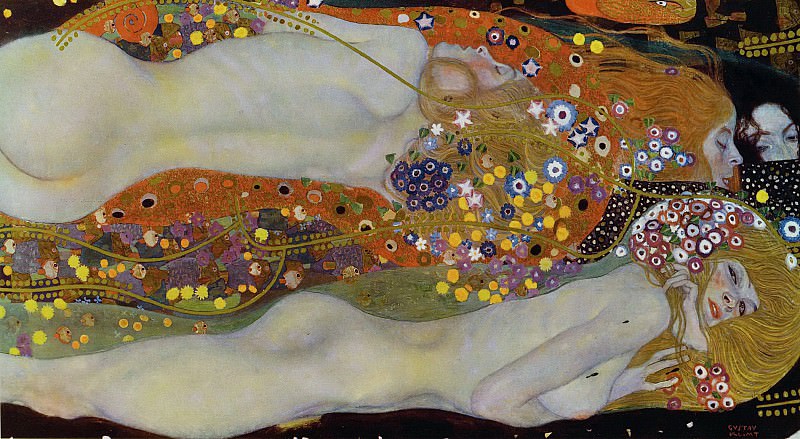Understanding Dealer Art
Dealer art represents a unique and significant sector within the broader art world. It involves the buying and selling of artworks, where dealers act as intermediaries between artists and collectors. These dealers possess a deep understanding of art history, market trends, and the intricacies of the art world, enabling them to curate collections that appeal to both seasoned collectors and new buyers.
The Role of Art Dealers
Art dealers play a pivotal role in the art market. They not only sell artworks but also foster relationships with artists, helping to promote their work and elevate their careers. Dealers often work closely with galleries, museums, and private collectors, providing a critical link between creators and appreciators of art. Their expertise in identifying and valuing art is essential for maintaining the vibrancy and economic stability of the art market.
Historical Context
The profession of art dealing has a rich history, dating back to the Renaissance period when merchants began to recognize the value of artworks. Over the centuries, art dealers have evolved from mere traders to influential figures who can shape artistic trends and movements. The 19th and 20th centuries saw the rise of notable art dealers like Paul Durand-Ruel, who championed the Impressionists, and Leo Castelli, who played a crucial role in the promotion of American pop art.
Modern Art Dealers
In the contemporary art world, dealers continue to wield considerable influence. They often discover emerging artists and introduce their work to the market, sometimes turning unknown talents into international sensations. Modern dealers utilize various platforms, including art fairs, online marketplaces, and social media, to reach a global audience. This expansion into digital spaces has transformed the traditional art market, making art more accessible to a broader public.
Dealer Art Market Dynamics
The dealer art market is driven by a combination of aesthetic appreciation and investment potential. Collectors seek pieces that resonate with their personal tastes and offer potential financial returns. Art dealers must navigate these dual motivations, ensuring they provide works that meet both emotional and economic criteria. Market dynamics are influenced by factors such as economic conditions, cultural trends, and the evolving tastes of collectors.
Challenges Faced by Art Dealers
Operating in the dealer art market presents several challenges. Authenticity and provenance are critical concerns, as the value of art is closely tied to its legitimacy. Dealers must be diligent in verifying the authenticity of artworks to avoid fraudulent transactions. Additionally, market volatility can impact the sale and value of art, requiring dealers to stay informed and adaptable to changing conditions.
Building a Collection
For collectors, building an art collection with the help of a dealer can be a rewarding experience. Dealers offer valuable insights into the art world, guiding collectors towards pieces that align with their tastes and investment goals. They also provide access to exclusive works and artists, helping collectors curate unique and meaningful collections. Trust and collaboration between dealers and collectors are essential for the successful building of an art collection.
Dealer Art and Cultural Impact
Beyond economic transactions, dealer art has a profound cultural impact. Dealers contribute to the preservation and dissemination of cultural heritage by promoting diverse artistic expressions. They play a crucial role in supporting artists from various backgrounds, ensuring that a wide range of voices is represented in the art world. Through their efforts, dealers help to shape cultural narratives and influence public perception of art.
Ethical Considerations
Ethics in art dealing is a significant concern. Dealers must navigate complex issues related to ownership, cultural property, and the fair treatment of artists. Ensuring transparency in transactions and respecting the rights of artists and collectors are fundamental principles that guide ethical art dealing. Addressing these considerations is vital for maintaining trust and integrity within the art market.
The Future of Dealer Art
The future of dealer art looks promising, with technology playing an increasingly important role. Virtual reality, blockchain, and online galleries are revolutionizing how art is bought and sold. These innovations offer new opportunities for dealers to connect with audiences and enhance the accessibility of art. As the market evolves, dealers will continue to adapt, leveraging technology to meet the changing demands of collectors and artists.
Conclusion
Dealer art is a dynamic and multifaceted sector that bridges the gap between creators and collectors. Art dealers are essential in promoting artistic talent, shaping market trends, and contributing to cultural heritage. Despite the challenges they face, dealers remain vital to the art world's ecosystem, fostering a deeper appreciation and understanding of art in society. Through their expertise and dedication, art dealers ensure that the legacy of artistic expression continues to thrive in the modern world.




